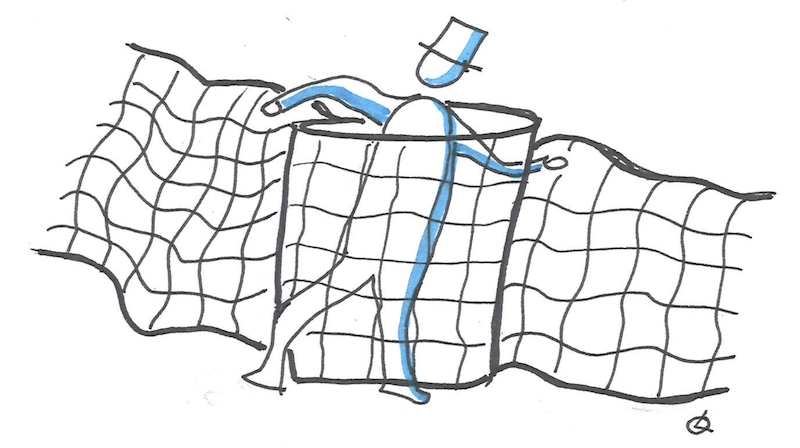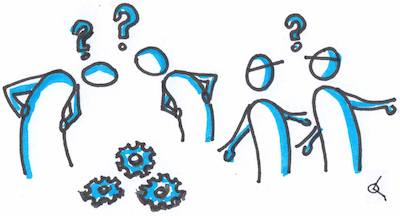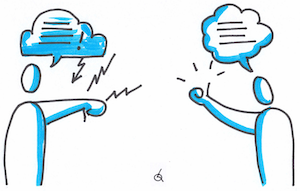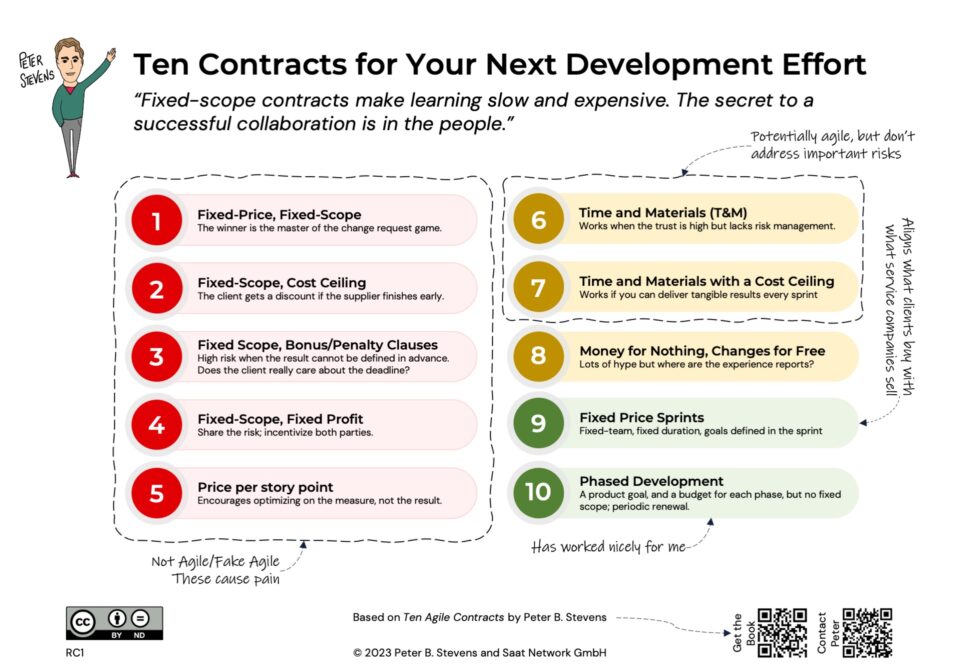
Top Project Risk Number 7: Dependencies, or Resource Risk
11-02-2020
Top Project Risk Number 5: Technical Risk
13-02-2020Can the people building the product collaborate effectively?
Most projects are not rocket science. When I talk to people about the reasons for their most successful projects (or their biggest failures), they don’t usually talk about technical issues. Instead, they explain the importance of openness, trust, collaboration, and communication, effective decision making and clear leadership.
Social risk does not appear to be on the radar screen of many organizations as they shuffle ‘resources’ from one project to the next. This is surely a contributing factor to the relatively low performance, engagement and morale that are common in large organizations.
Social risk mitigation in Scrum
A Scrum Team is a small group of people, less than ten, who work together over a longer period of time. While team changes are possible, they happen infrequently. The group becomes and remains a team that knows, supports and trusts each other. Scrum Teams value courage, focus, commitment, respect, and openness, and this allows them to create an environment where they can be engaged and motivated.
The Scrum Master’s job is to improve performance. Every sprint the Team inspects and adapts not just on what they produce but on how they work, so they can be both more effective and happier moving forward.
There is very little emphasis on classical performance management or employee evaluations. Such bureaucracy is usually counterproductive. A better result is achieved by having the Team produce something every sprint and by having a Scrum Master who is focused on ensuring optimal conditions for getting work done.





